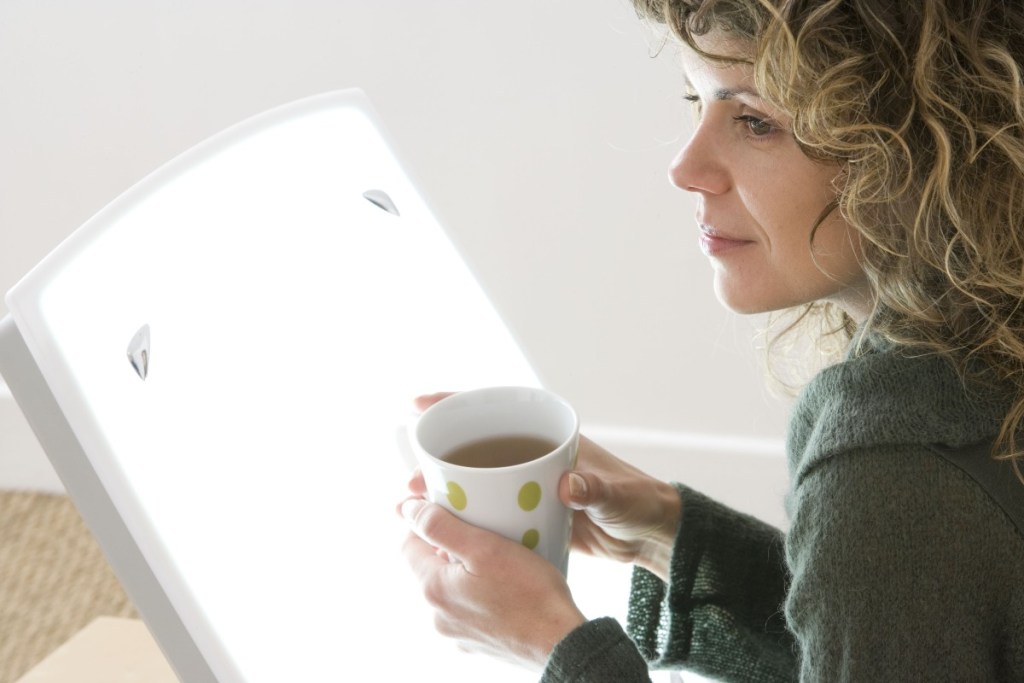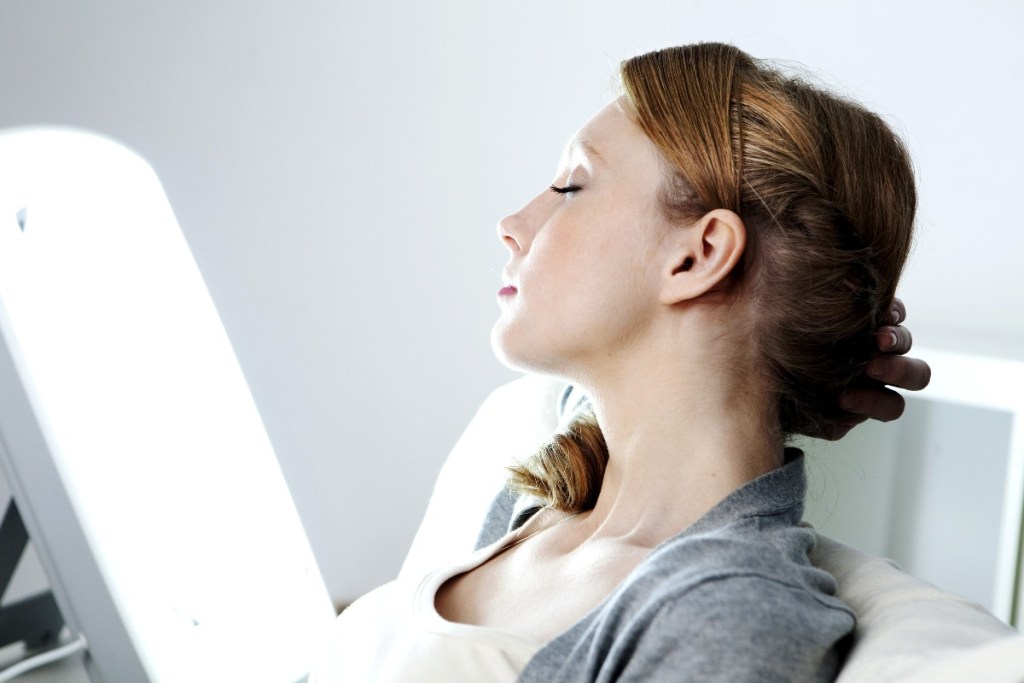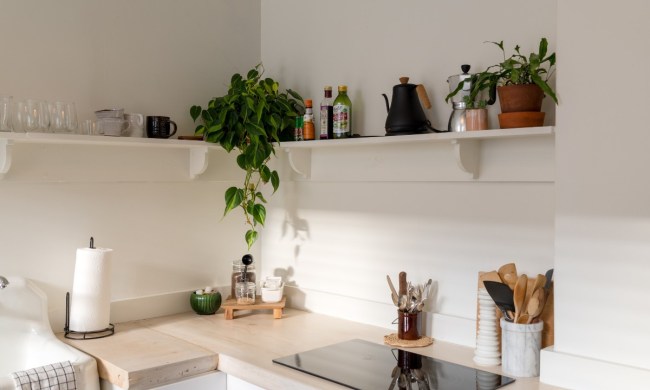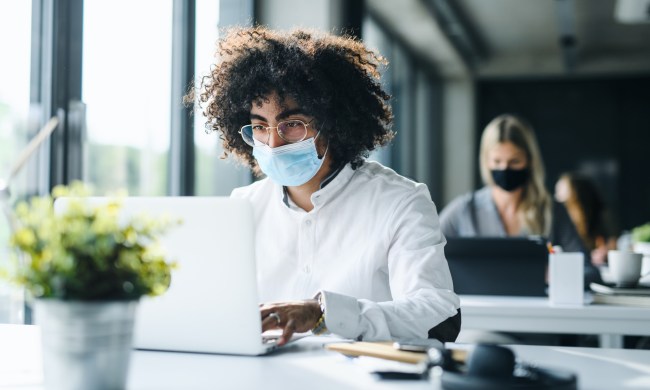A sleepless night here and there happens. Stress, a noisy party next door, or a bad dream can keep you up from time to time. Yet, many adults consistently struggle with sleep. According to one report, anywhere from 10-60% of the adult population has chronic insomnia, which occurs when you have constant trouble falling or staying asleep.
The condition is treatable through medication, talk therapy, and lifestyle changes, such as creating a bedtime routine. Some people are also turning to light therapy for insomnia. Though you typically sleep in the dark, exposure to natural or artificial light during the day can reset the circadian rhythm that regulates your sleep-wake cycles. We’re shedding light on why people use this therapy for sleep.

An overview of light therapy for insomnia
What is light therapy?
Light therapy emphasizes exposure to light to treat conditions, including insomnia, seasonal affective disorder, and depression. Though some people may utilize sunlight, people more often make use of artificial light.
Why light therapy works for sleep issues
The goal of light therapy is to get your circadian rhythm back on track. Scientists believe that exposure to light can influence melatonin and serotonin, two chemicals in your brain which play pivotal roles in regulating your sleep-wake cycles. Exposure to light delays the production of melatonin, so you’ll feel more awake. As a result, people often do their light therapy sessions in the morning to signal that it’s the natural time to feel awake. By nighttime, their body and mind should feel more ready for bed.
Researchers have found that light therapy is an effective treatment for sleep issues, including insomnia.
What to expect during a light therapy session
You can do this sleep-enhancing treatment from the comfort of your own home. Many people can set it up on their desks or at the breakfast tables. Since it doesn’t involve going into a provider’s office, patients find it an accessible treatment.
If you’re trying light therapy for sleep, your provider will typically give you a special box that emits up to 10,000 lux of light. You’ll sit about two feet away from the box for 20 to 40 minutes each day around the same time. Though that may seem like a long time, you can do work, check email, eat, or text with friends during this time.

Is light therapy right for you?
What light therapy can treat
Experts generally recommend light therapy for sleep issues involving circadian rhythms, like:
- Insomnia
- Delayed sleep disorder (You sleep and wake up two or more hours later than a normal sleep-wake cycle)
- Jet lag
- Adjusting to working the night shift.
Red flags you may have a sleep disorder
Signs of these issues include:
- Constant fatigue
- Inability to fall asleep or stay asleep
- Poor work performance
- Trouble focusing
Who should be cautious about light therapy
Though light therapy sounds promising, it’s not for everyone. Experts recommend avoiding it or speaking with your provider if you:
- Have any eye conditions that may worsen from light exposure.
- Have been diagnosed with or suspect you may have skin conditions that increase light sensitivity, like lupus. It’s important to note that anyone trying light therapy will want to ensure their box does not emit UV rays, which can damage the skin and cause cancer.
- Have bipolar disorder. Though some of these individuals may benefit from light therapy, experts share it’s important to do it while under the care of a professional who understands their diagnosis. Light therapy can sometimes bring on mania.
Sleep doesn’t come naturally to everyone, and insomnia affects many people. If you’re struggling with a sleep condition, you might benefit from using light therapy. Experts believe this treatment can help regulate chemicals in the brain, mainly melatonin, and affect sleep-wake cycles. If you are having trouble with sleep, speak with your doctor. They can refer you to someone to evaluate you further and help you determine if light therapy is best for you.
BlissMark provides information regarding health, wellness, and beauty. The information within this article is not intended to be medical advice. Before starting any diet or exercise routine, consult your physician. If you don’t have a primary care physician, the United States Health & Human Services department has a free online tool that can help you locate a clinic in your area. We are not medical professionals, have not verified or vetted any programs, and in no way intend our content to be anything more than informative and inspiring.



